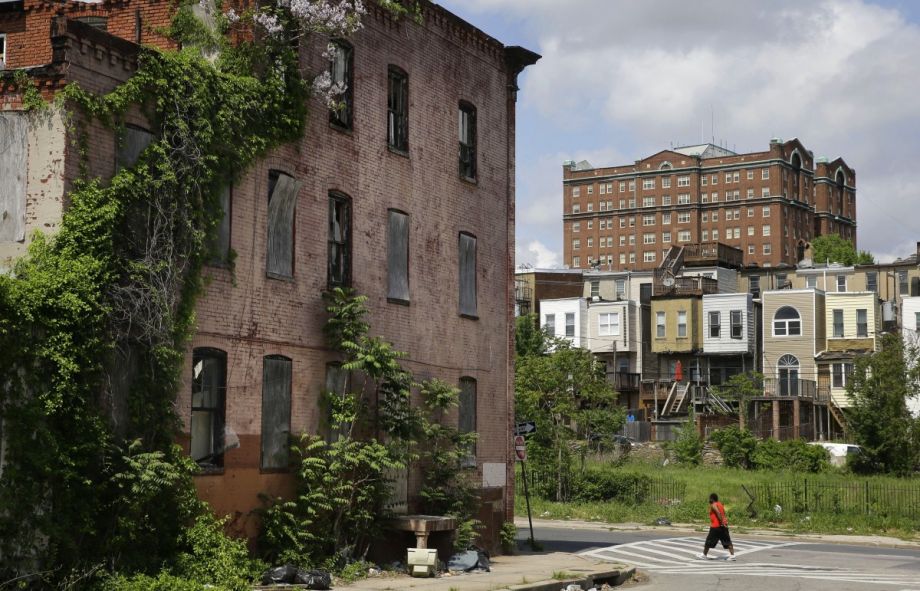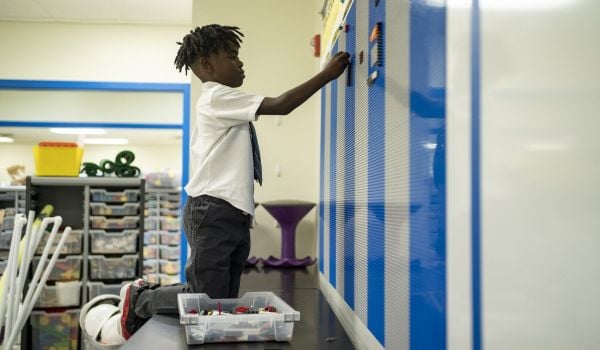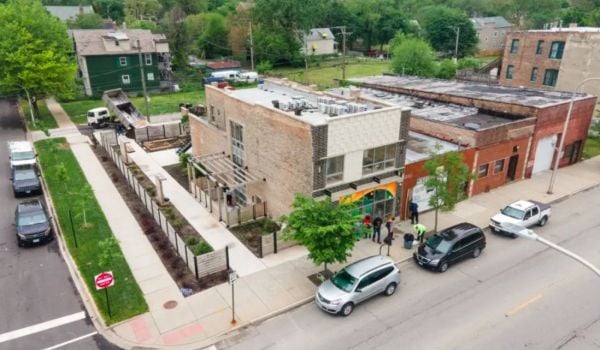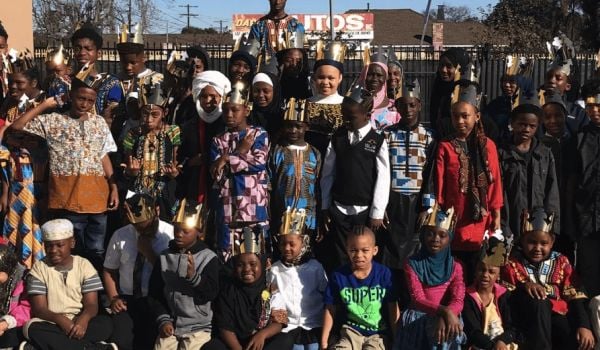In recent weeks, a conversation about how race figures into the education of urban designers and planners has sprung up online and in conversations among professionals in Cambridge, Detroit and elsewhere.
Finally.
Since the mid-1990s, I have practiced as an architect, urban designer and planner in several major U.S. cities, including Washington, D.C., Newark, Detroit and most recently, New York. In all of these places, I have confronted the same urban challenges of disinvestment, blight, concentrated poverty, displacement, fears of gentrification and weakened civic capacity — all affecting primarily black, brown and poor communities. After years of working with communities and the mayors representing them to improve areas still reeling from the impact of exclusionary housing policies and other injustices, I’ve found myself asking how my work contributes to the creation of a more just city and how design in general can improve access to opportunity and inclusivity.
These are questions I recently brought to the classroom. Contrary to a recent headline, there is at least one syllabus for an urban design course on race and justice.
My course, Design for the Just City, at The City College of New York Spitzer School of Architecture is designed as a vehicle to help me examine these questions. Rooted in the belief that design can have an impact on the social, cultural and economic equity of cities, the seminar requires students to examine the unresolved issues of race, equity, inclusion, diversity and access in urban communities. Throughout the semester-long class held within CCNY’s J.Max Bond Center on Design for the Just City, on the school’s Harlem campus, students are challenged to connect with their own biases about race, inclusion and privilege through class discussion and debate. They are taught to interrogate public policies that enable injustice in the context of our own lived experiences.
I have taught the course four semesters now, and the majority of my students have identified as white, of varying ethnic backgrounds. Out of 48 students, only three have been African-American and zero identified as American-born Hispanics. Many of my students, regardless of their cultural or ethnic background, seem to feel far removed from racial prejudice and indicate that they feel adequately connected to people different from themselves. This attitude of cultural inclusivity, however, runs contradictory to the realities of living in segregated communities. It’s a dichotomy that underscores the urgent need to align our design interventions with the pursuit of greater urban justice and equality. We have only to look at the deeply divided communities of Ferguson and Baltimore to understand how the physical divisions of space strengthen social and cultural divides.
Over 14 weeks, the students work through several exercises that call upon them to increase their personal awareness about individual cultural biases toward different groups and the social position of others. They are required to define the “just city” via a written and video “Just City Manifesto”; analyze possible roots and consequences of urban development policy on urban justice; develop a set of evaluation indicators and metrics to assess design’s impact on urban justice; and analyze a place or neighborhood to determine its “just-ness.” (Last year, I authored a chapter in the book, Space Unveiled: Invisible Cultures in the Design Studio describing the seminar.)
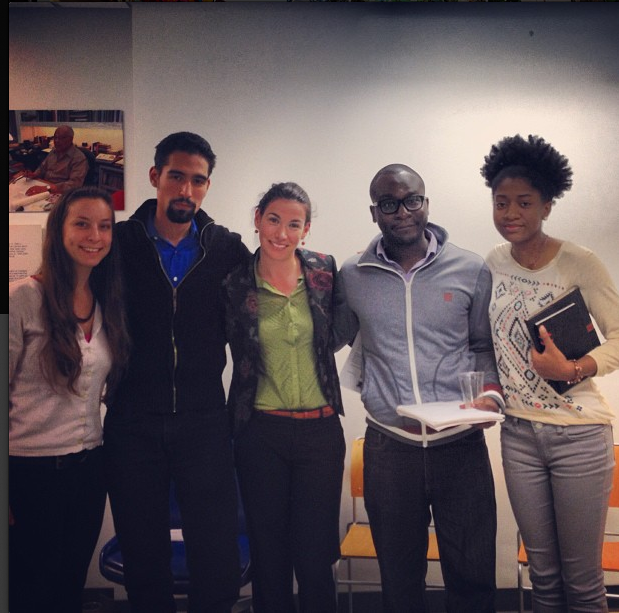
“Just City” students and filmmaker Andrew Padilla at J. Max Bond Center talk
The work of my students is ultimately rooted in a set of values and attributes they believe are essential to a just city. Common themes that emerge through the student work include a combination of “right to the city” values such as equal access, usability, social capital and collaborative participation, as well as environmental attributes such as cleanliness, safety, transit reliability and human health. Each team selects two sites to evaluate using their metrics to determine the site’s just-ness. A sample of the New York sites included the High Line elevated park, 125th Street, the City College of New York campus, a large affordable housing complex and the Ikea store in Red Hook, Brooklyn.
In my seminar, I strive to instill the value of embracing difference as a both/and strategy that creates greater opportunities for urban justice rather than an either/or contest that furthers the practices of intentional segregation and racism. These are lessons I reflect on as I walk through Washington, D.C., 15 years after my planning work there. There, I see revitalized neighborhoods, yet missing are many of the people of color who attended our community meetings and worked hard for the safer, cleaner streets new residents now enjoy. No, design alone can’t end urban injustice but it is a tool and a tool we know how to use. Let’s start teaching.
_200_200_80_c1.jpg)
Toni L. Griffin is the Director of the J. Max Bond Center on Design for the Just City at the City College of New York. Toni’s private practice, Urban Planning & Design for the American City, recently completed Detroit Future City, a strategic framework for urban regeneration.

